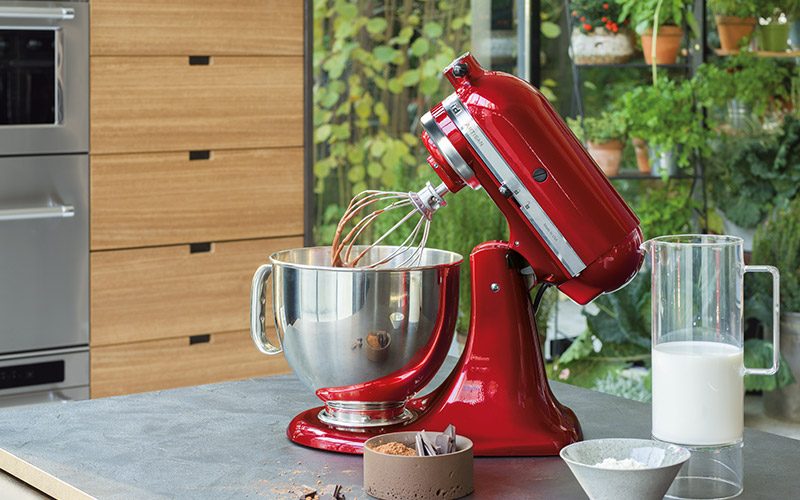Welcome back to TheKitchenApplianceDad.com! If you’ve encountered a situation where you’re in the middle of whipping up a delicious recipe and suddenly notice your KitchenAid mixer smoking, it can be quite alarming. But fear not! Before you consider replacing your beloved kitchen companion, let’s explore some steps that might just save the day.
Safety First: The very moment you notice smoke, turn off your mixer and unplug it. This is crucial to avoid any electrical hazards or further damage to the mixer.
Identify the Source: Try to identify where the smoke is coming from. Is it near the motor head, beneath the mixer, or is it possibly coming from an overheated attachment? Knowing where the smoke originates can help pinpoint the issue.

Patience is Key: Give your mixer some time to cool down. This may take anywhere from 30 minutes to an hour. Do not attempt to use it again until it has completely cooled.
Inspect for Obvious Damage: Once it’s cool, check for any visible signs of damage, such as melted wires, burnt components, or any substances that might have caused the overheating.
Capacity Overload: KitchenAid mixers have specific capacity guidelines. If you’ve overloaded the bowl with too much dough, for example, the motor might have become overworked, leading to smoking. Always adhere to the recommended capacities.
Ventilation: Make sure the ventilation slots on your mixer are not blocked. These slots allow air to flow to the motor to keep it cool. If they’re blocked by dough, dust, or other kitchen debris, the motor may overheat.
Attachments: Remove any attachments and make sure they are clean and properly fitted. An improperly attached beater, whisk, or dough hook can cause the mixer to work harder than it needs to, leading to potential overheating.
Run a Test: After the mixer has cooled and you’ve addressed any obvious issues, plug it back in and run it at a low speed without any ingredients in the bowl. If it operates normally without smoking, the issue may have been temporary.
Persistent Problems: If your mixer continues to smoke after these steps or you’re unsure of the problem, it’s time to seek professional help. Do not continue to use a smoking mixer, as this could pose a safety risk or cause further damage.
Contact KitchenAid Support: Reach out to KitchenAid Customer Service for assistance. They can guide you through additional troubleshooting or direct you to authorized repair services.
Understanding what might have caused your mixer to smoke can help prevent future occurrences:
To prevent your KitchenAid mixer from smoking in the future, consider these tips:
When your KitchenAid mixer starts smoking, it can be a sign that something isn’t right. However, by following these steps, you might be able to troubleshoot and fix the issue without requiring a costly repair or replacement. Remember that regular maintenance and proper usage are key to ensuring the longevity of your KitchenAid mixer.
Here at TheKitchenApplianceDad.com, we know how important your kitchen appliances are to your daily life and culinary adventures. We hope this guidehelps you quickly resolve the issue so you can get back to creating those mouthwatering dishes for your family and friends. Happy mixing, and stay safe in your kitchen endeavors!

